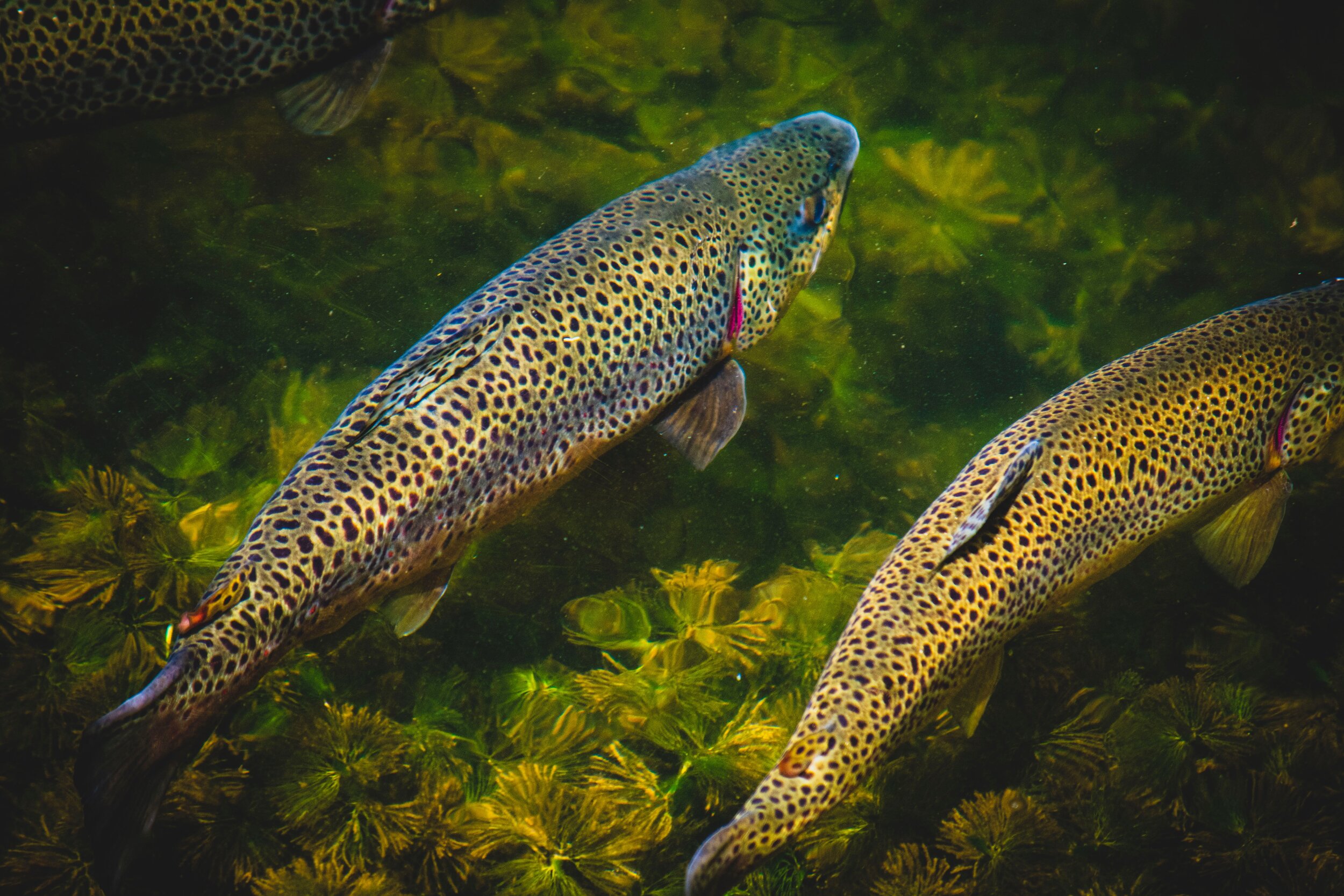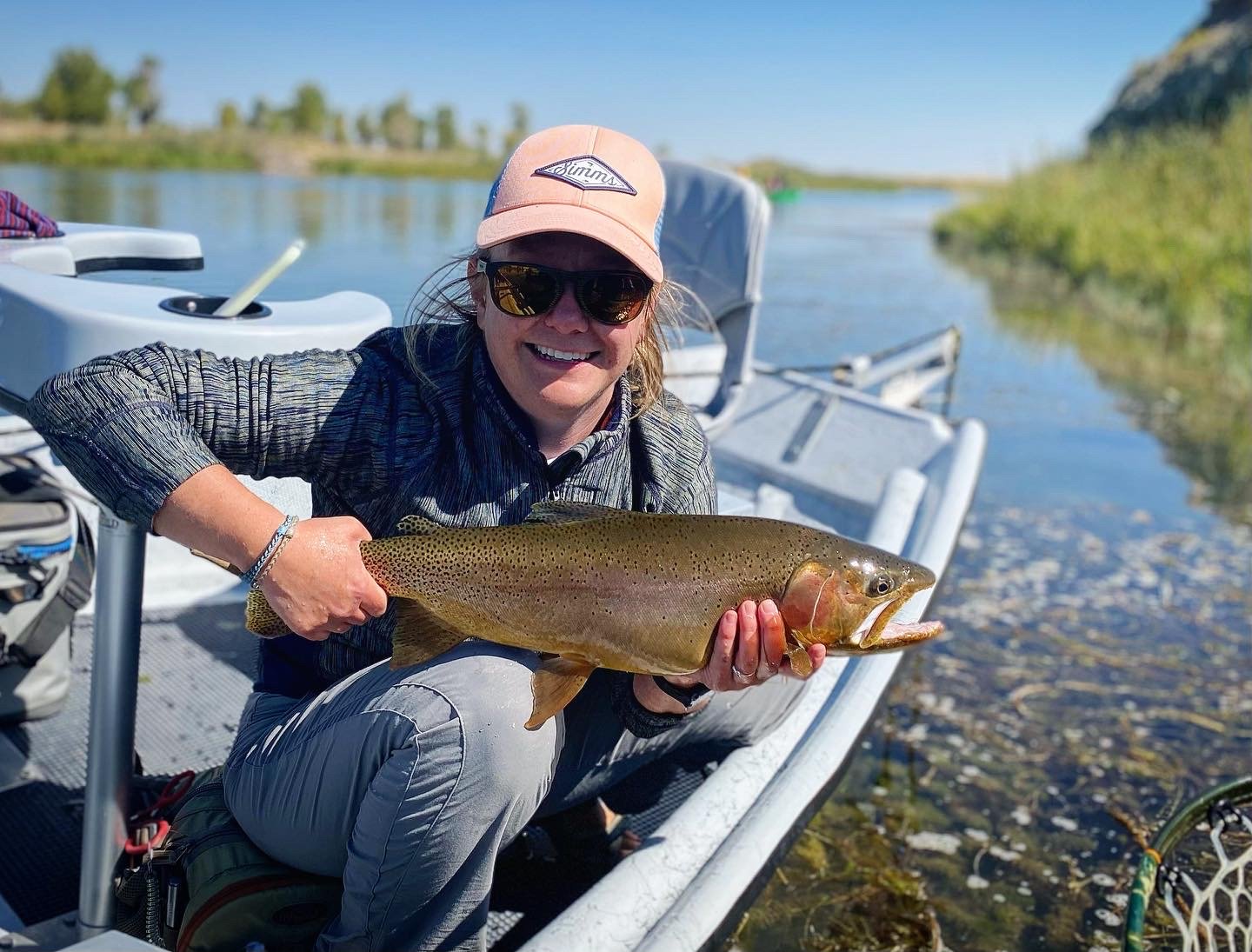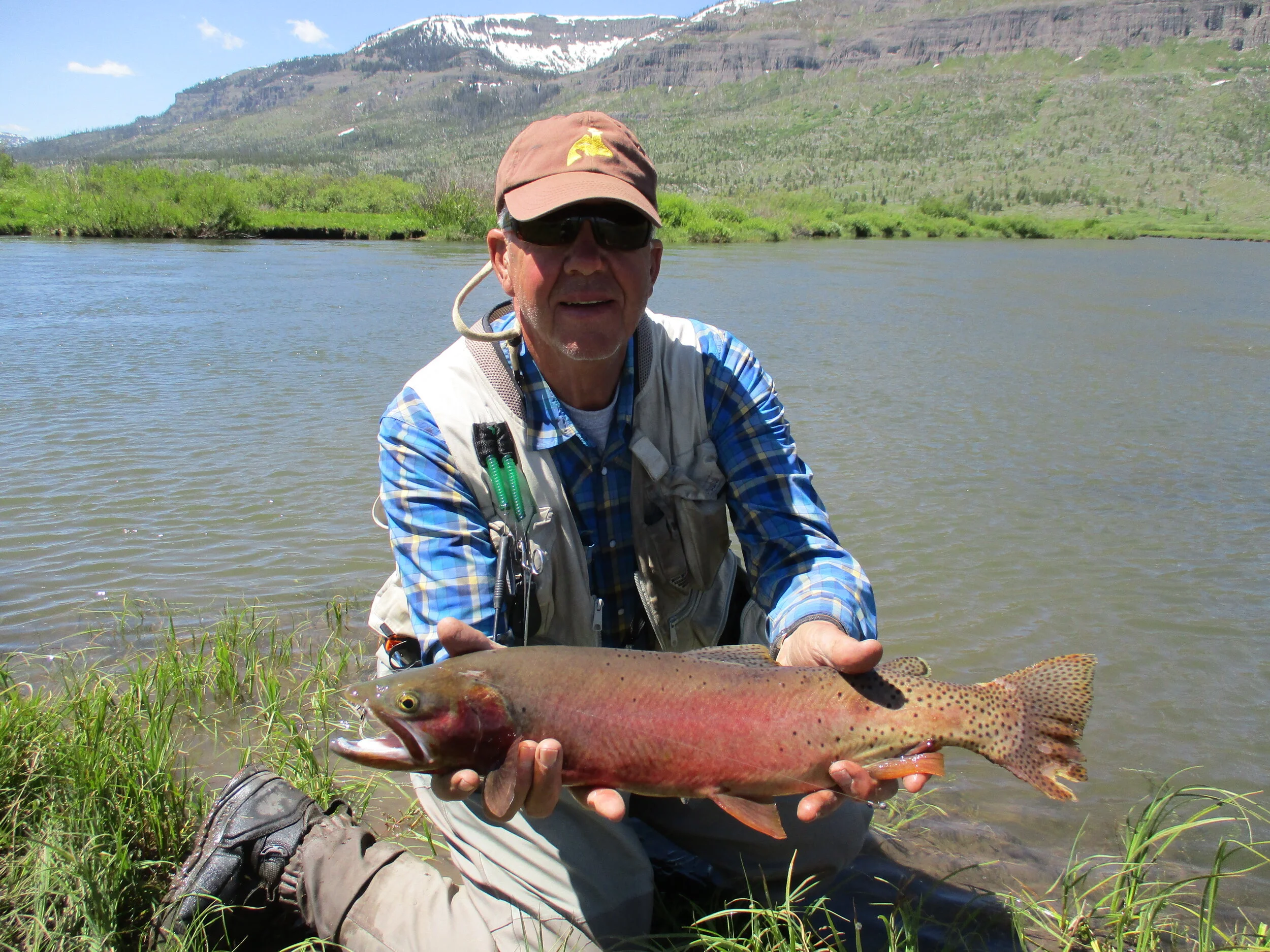
Miracle Mile at Risk?
The Federal Energy Regulatory Commission (FERC) is in the process of evaluating a license application by Black Canyon Hydro, a subsidiary of rPlus Hydro, and its potential impacts on the Miracle Mile, Seminoe Reservoir, BLM and WY State Park lands, and more…With an important upcoming agency and public comment deadline on March 14th, 2025, now is your chance to learn more about the Seminoe Pumped Storage Project,
Camo at the Capitol
This year Wyoming Trout Unlimited (WYTU) is looking to make an impact at Camo at the Capitol. This is an annual event hosted by one of WYTU’s partners, the Wyoming Wildlife Federation.
TU is hiring for a position in Wyoming: Wyoming Policy and Engagement Manager
Trout Unlimited is looking for an experienced leader to help advance and grow our strategic conservation policy work in Wyoming.
Conservation of Greater Little Mountain Area included in draft BLM management plan
Proposed Rock Springs resource management plan balances conservation and energy development
Congratulations to the big winner!
The big winner of the Wyoming Cutt-Slam-Slam Bamboo Rod has been announced recently! Congratulations to longtime Trout Unlimited member Gregg Bierei from Cody, Wyoming. Gregg is the lucky winner of the incredible custom-crafted Wyoming Cutt-Slam Bamboo Rod from rod builder Steve Foisie, who donated the one-of-a-kind rod to commemorate the Wyoming Cutt-Slam-Slam Challenge.
More women fishing great for Wyoming’s water and land
More women fishing is great for Wyoming’ famed waters and wide open spaces. Find out why by reading this opinion piece by Trout Unlimited’s Amanda Howe who serves as the Wyoming Field Manager for Trout Unlimited’s Angler Conservation Program.
Wyoming Trout Unlimited Adds Medallions to Cutt-Slam
Anglers now have an additional reason to participate in the storied Wyoming Cutt-Slam program.
The Return
Dave Sweet has spent over a decade helping to bring back the Yellowstone Cutthroat from the brink of extinction.
Yellowstone Lake
Wyoming Trout Unlimited (WY TU) and the East Yellowstone Chapter of TU (EYCTU) have collectively been focused on recovering the Yellowstone Cutthroat Trout (YCT) population of the upper Yellowstone River and Yellowstone Lake system (YL) since 2008. Our focus has been on aiding and encouraging the National Park Service (NPS) in their efforts to suppress the invasive and predacious lake trout (LT) that were introduced into that system around 30 years ago and in aiding the US Geological Survey (USGS) in their multi-pronged efforts to locate the LT spawning beds in that system, to learn about LT spawning behavior, and to develop alternative suppression techniques focused on LT ova and fry.













